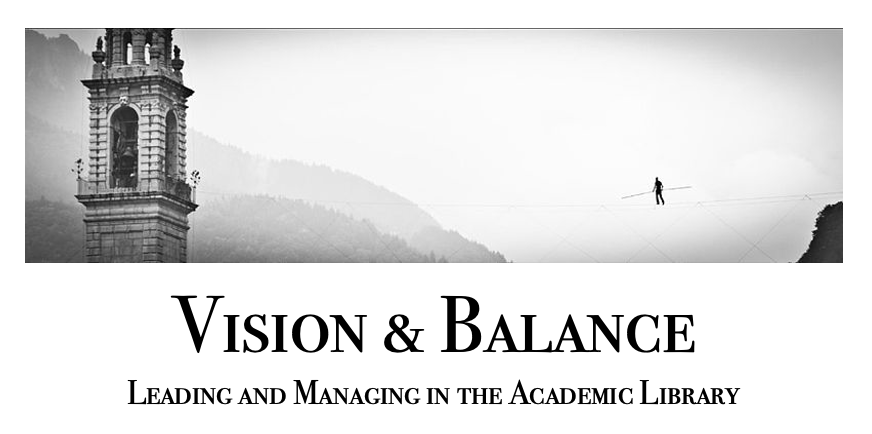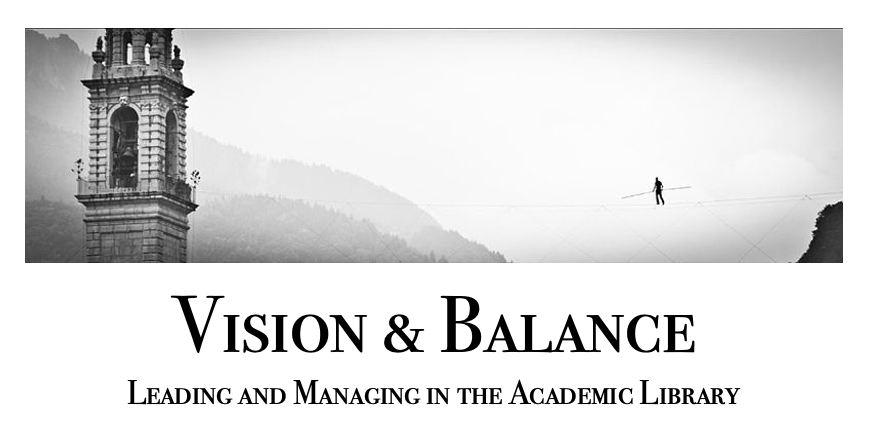Managing the Agenda, Part 2: On Being a Meeting Nazi
Meeting agendas do not manage themselves. Leaders have to manage them -- consciously and strategically.

Tuesday’s post was about managing the library agenda in a macro, high-level way, by being careful to avoid the mistake of allowing your organizational agenda to be driven by the person who happens to be making his case in your office at any given moment.
Today we’re going to talk about avoiding a similar, but more micro and granular error: unintentionally letting the first item on your meeting agenda become the one on which the most meeting time is spent.
Now, it’s important to note that there are many different ways of managing meeting agendas, and none is perfect; all of them have pros and cons. One way is to arrange the agenda in descending order of importance, and to take as much time as needed with each topic; this ensures that the most important item will get all the discussion time required, and that the likelihood of an item being pushed to the next meeting is inversely proportional to its importance. Another strategy is to assign a specific amount of meeting time to each agenda item, using both the importance and the complexity of the issue to determine how much time will be budgeted to each item.
And another way – let’s face it, the most common one – to organize a meeting agenda is simply to keep a running list of items up until the meeting, adding items to the list as they arise, and them providing the undifferentiated list to meeting attendees with no time allocations and no indication as to which items are either most urgent or most important.
Although I’ve acknowledged that there is no single, perfect way to administer a meeting agenda, I’m going to make two very specific recommendations here. But first, some underlying realities of meeting management:
